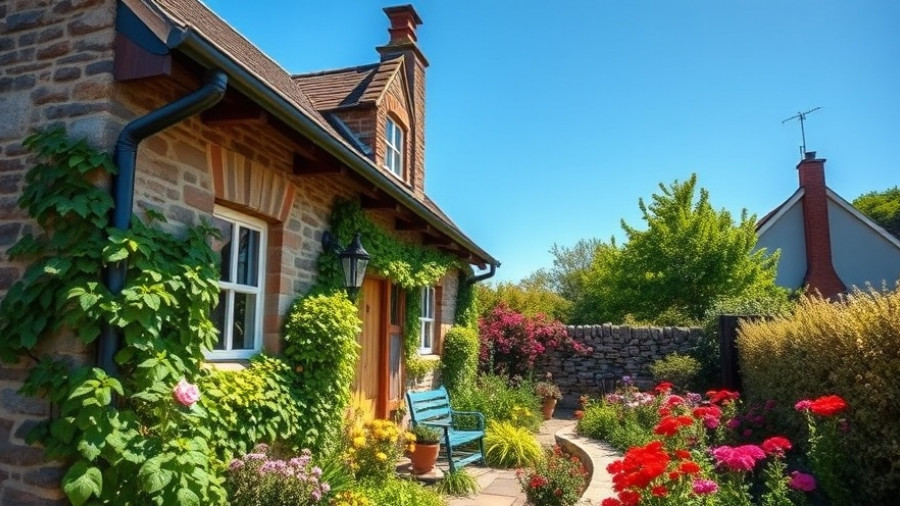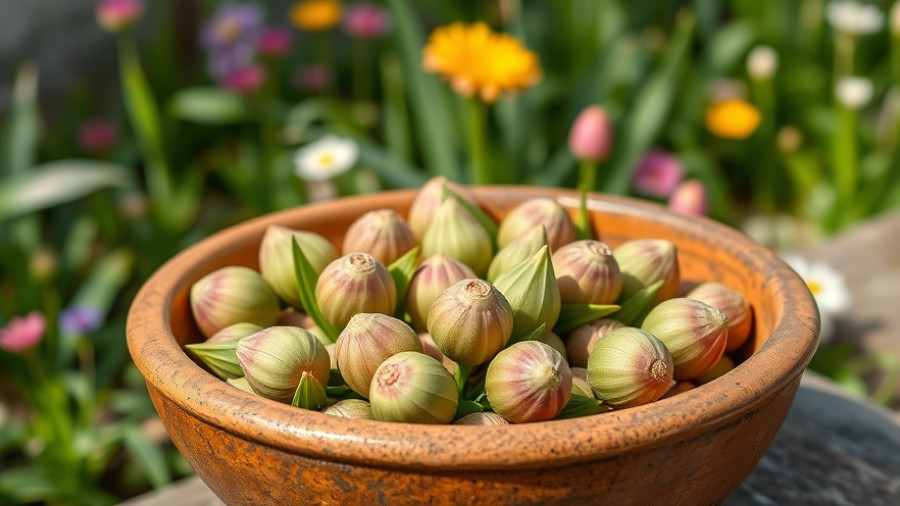
Understanding Neighbourhood Etiquette in DIY Projects
With the summer sun brightening our outdoor spaces, many homeowners take the opportunity to tackle DIY projects. However, a recent viral TikTok has raised critical questions about the do's and don'ts of these home renovations, especially when it concerns common boundaries between properties.
The incident in question involves Chloe (@renovate_with_me2) who returned home to find her neighbour had painted their side of the shared fence. Unfortunately, the dark blue paint stains had found their way onto Chloe's side — splattered against her freshly painted shed, triggering a discussion that many homeowners in London can relate to.
The Unwritten Rules of Shared Spaces
When it comes to shared properties, the guidelines can be murky. While some mistakenly believe there's a specific side to claim ownership of a fence, Leigh Barnes of Jacksons Fencing clarifies that boundaries are not designated by rules alone. Instead, referring to the Title Plan or Land Registry is essential as the 'T' mark shows ownership while an 'H' mark indicates shared responsibility.
Proper Communication is Key
Whether you're an enthusiastic DIY enthusiast or a casual home improver, the golden rule remains: communication is imperative. Before diving into a new paint job or fence replacement, it’s wise to touch base with your neighbour. Leigh emphasizes this: “If the fence is entirely on your property, you’re within your rights to paint it as you wish,” but he also cautions that if it's a shared space, you best seek permission first.
Precautions to Ensure a Smooth Project
Want to avoid the infamous 'fence fiasco'? Here are some practical tips to keep in mind:
- Preparation Matters: When preparing a fence, consider using sheeting or cardboard to catch any drips that may cross onto your neighbour’s side.
- Choose Your Tools Wisely: Opt for a paintbrush instead of a spray gun to minimize overspray — this small adjustment can save you future disputes.
These small steps can significantly reduce friction and promote a harmonious neighborhood.
What to Do If Damage Occurs
Suppose your DIY adventures inadvertently intersect with your neighbour’s space, resulting in unsightly damages. In that case, Leigh advises initiating a calm conversation with your neighbour about the issue. It's possible they were unaware of how their work affected you and, often, an open dialogue leads to swift resolutions.
Nevertheless, should conversations escalate or if your neighbour is uncooperative, keeping a record — from photos to messages — is vital for potential legal recourse. Thankfully, these situations rarely escalate that far; most disputes can be settled with a little patience and understanding.
Building Stronger Neighbourly Bonds
The heart of the matter is that neighbourly love needs nurturing. Whether deciding on a new fence colour or planning community activities, the rapport you build with your neighbours can foster a supportive environment. Just as Chloe's experience has highlighted the humour and tension in DIY projects gone awry, open communication can weave a tapestry of goodwill.
As summer rolls on, homeowners must venture outside not just to beautify their homes but also to strengthen community ties. Remember, enhancing your property doesn’t mean neglecting those around you — approach every new project with the spirit of collaboration and empathy!
Looking to further enhance your property and community involvement? Explore more practical tips and insights on DIY projects and sustainable living!
 Add Row
Add Row  Add
Add 




Write A Comment